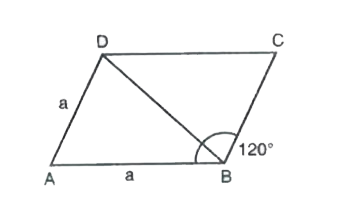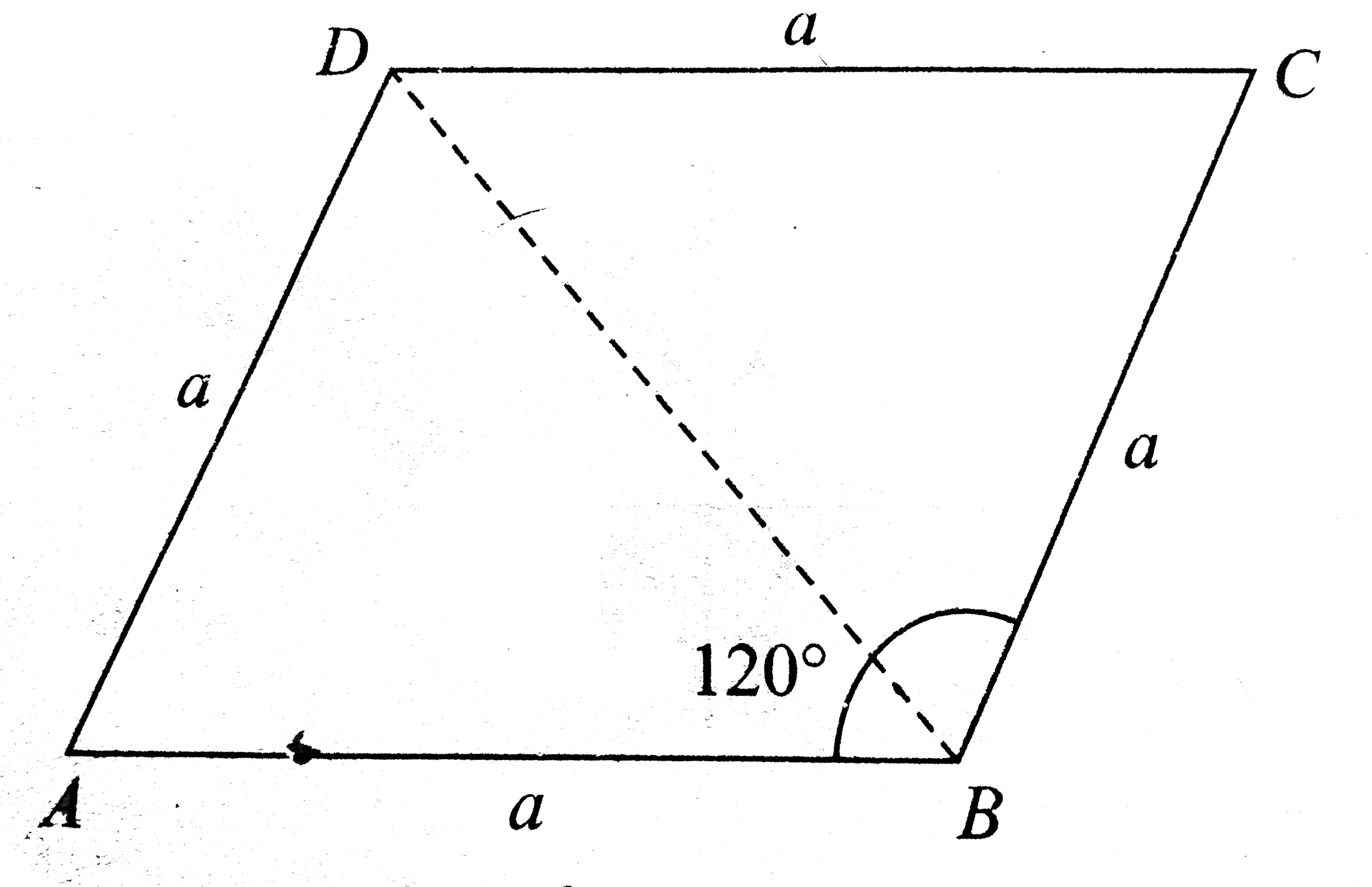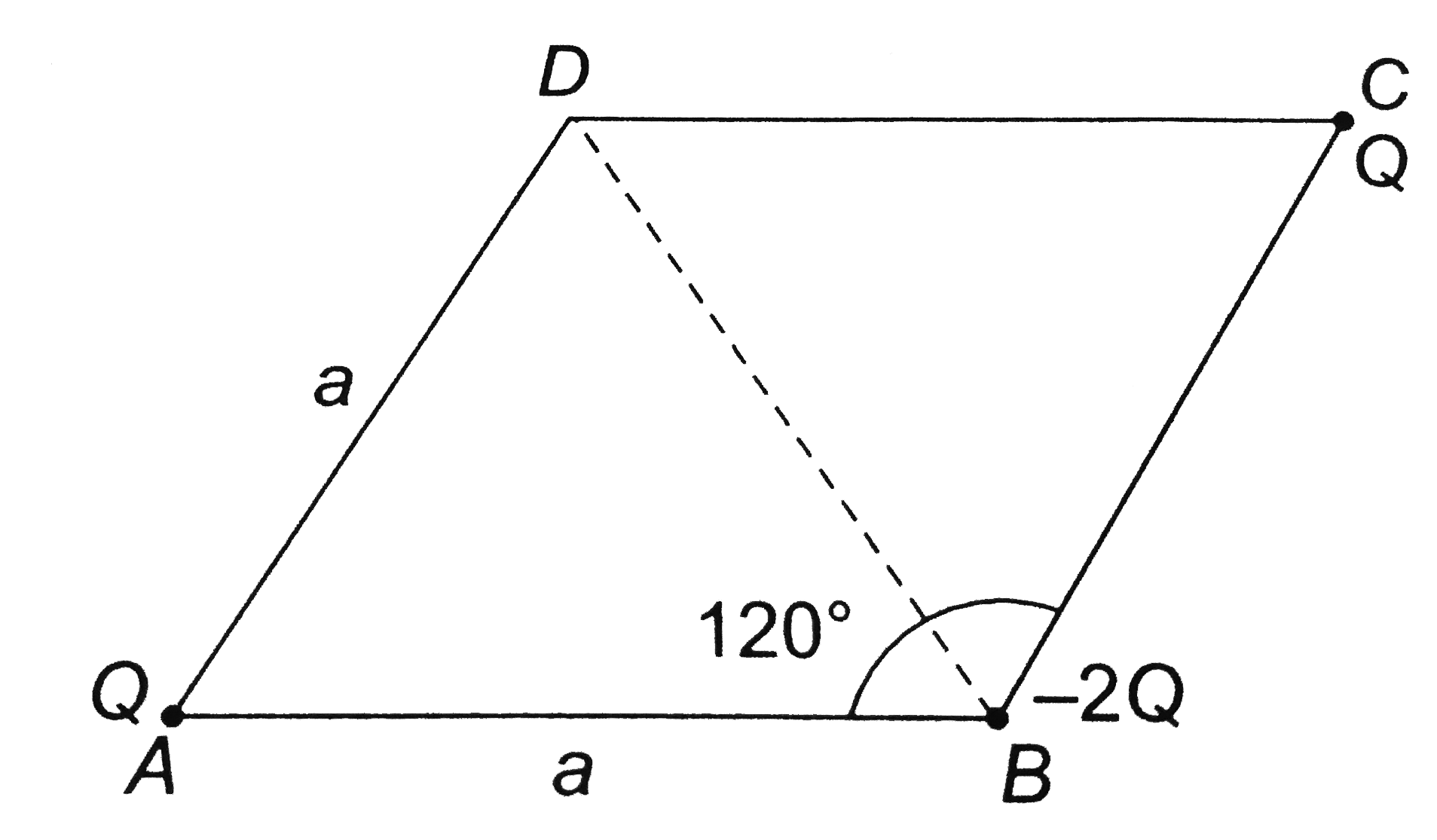A charge + Q at A as shown in fig. produces electric field E and electric potential V at D. if we now put charges -2 Q and + Q at B and C respectively , then the electric field and potential at D will be :

E and 0
0 and V
√2EandV√2
E√2andV√2
The correct Answer is:A
Topper's Solved these Questions
Similar Questions
A charge +Q at A as shown produces electric field E and electric potential V at D. If we now put charges −3Q and +Q at B and C, respectively, then the electric field and potential at D will be
 .
.
View SolutionDraw a plot showing the variation of (i) electric field E, and (ii) electric potential V with distance 'r' due to a point charge Q.
View Solution
Knowledge Check
A charge +Q at A (see Fig. 3.140) produces electric field E and electric potential V at D. If we now put charges −3Q and +Q at B and C, respectively, then the electric field and potential at D will be
 .AE and 0B2 E and - VC√2EandV√2D2 E and V
.AE and 0B2 E and - VC√2EandV√2D2 E and VA charge +Q at A (see figure) produces electric field E and electric potential V at D. If we now put charges −2Q and +Q at B and C respectively, then the electric field and potential at D will be
 AE and 0B0 and VC√2E and V√2DE√2 and V√2
AE and 0B0 and VC√2E and V√2DE√2 and V√2The electric potential at a point in free space due to a charge Q coulomb is Q×1011 volts. The electric field at that point is
A4π∈0Q×1020 volt/mB12π∈0Q×1022 volt/mC4π∈0Q×1022 volt/mD12π∈0Q×1020 volt/m
Draw a plot showing the variation of (i) electric field (E ) and (ii) electric potential (V) with distance r due to a point charge Q.
View SolutionA charge Q is distribution over a metal sphere of radius R. What is the electric field and electric potential at the centre ?
View SolutionTwo point charges q and –q are at positions (0,0,d) and (0,0, –d) respectively . What is the electric field at (a,0,0 ) ?
View SolutionTwo point charges q and –q are at positions (0,0,d) and (0,0, –d) respectively . What is the electric field at (a,0,0 ) ?
View SolutionTwo point charges q and –q are at positions (0,0,d) and (0,0, –d) respectively . What is the electric field at (a,0,0 ) ?
View Solution
